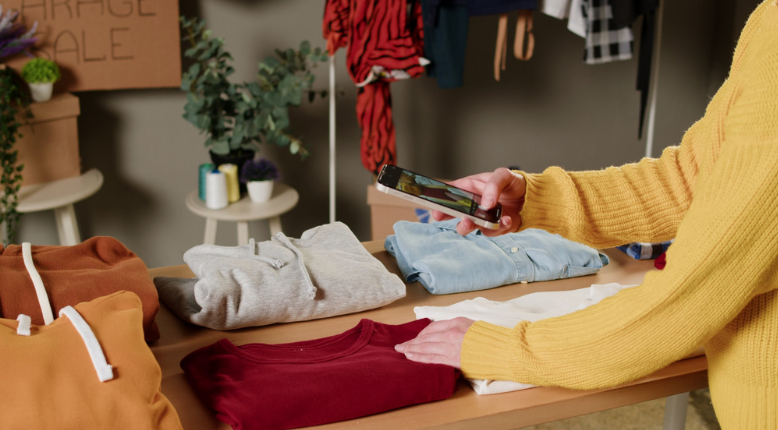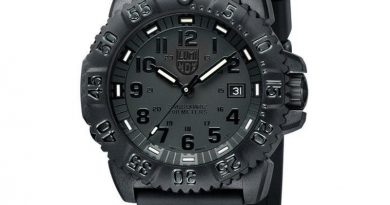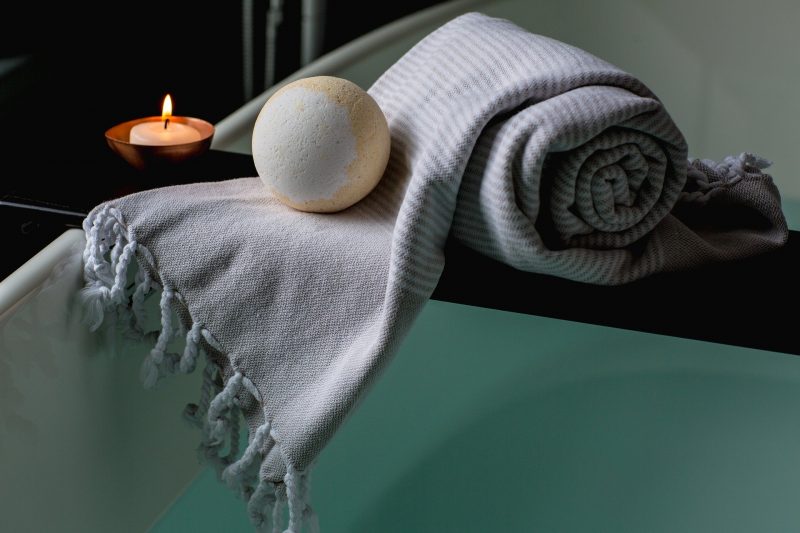How to Build a City-Chic and Sustainable Wardrobe
In an era where sustainability is more than just a buzzword, building a city-chic wardrobe that aligns with eco-conscious values is increasingly desirable. As urban lifestyles continue to influence fashion trends, there is a growing need to balance modern aesthetics with environmental responsibility. This article explores how to curate a wardrobe that not only meets the stylish demands of city life but also contributes to a sustainable future.
Global Waste: The Rising Tide
With the looming crisis of global waste, the fashion industry is under scrutiny for its substantial contribution to environmental degradation. Our planet’s capacity to handle waste is reaching its limits, a concern highlighted by the startling projection that global waste volume could rise by 70% by 2050. Building a city-chic wardrobe with a focus on sustainability means prioritizing quality over quantity, opting for timeless pieces that minimize ecological impact.
Fast fashion has perpetuated a cycle of consumption that exacerbates waste, prompting a need for change in consumer behavior. Sustainable fashion advocates propose embracing mindful purchasing decisions, where each item is carefully selected for its durability and versatility. This strategic approach not only enhances personal style but also supports the broader goal of reducing waste.
Incorporating local and eco-friendly brands into your wardrobe is a step towards minimizing the carbon footprint associated with global shipping. By supporting brands that emphasize ethical production practices, consumers can play a role in mitigating the detrimental effects of waste accumulation. Such choices reflect a conscientious lifestyle that values long-term environmental health over short-lived fashion fads.
Recycling: A Small Step for Big Impact
The fashion sector’s potential for recycled materials offers a promising avenue for reducing the industry’s overall environmental impact. Recycling is a critical component in the quest for sustainability, but current U.S. recycling levels stand at just 21.4%, as reported by a Yale study. By integrating recycled fabrics and materials into your wardrobe, you contribute to a circular economy that reduces dependency on virgin resources.
Sustainable fashion is increasingly embracing innovative recycling methods to transform waste into desirable apparel. For example, brands now use recycled cotton, polyester, and even ocean plastics to create stylish, conscious clothing. Such initiatives not only conserve resources but also inspire a shift in consumer mindset towards valuing recycled goods as high-quality options.
Consumers can amplify their impact by actively participating in clothing recycling programs and supporting brands that prioritize transparency in their supply chains. This collaborative effort between producers and consumers is pivotal in advancing recycling rates, thereby reducing environmental degradation. Adopting this approach reflects a lifestyle committed to creating positive change.
The Thrifting Life: A Sustainable Solution
By shopping at thrift stores, individuals can acquire unique, city-chic garments while contributing to a reduction in textile waste. Thrifting represents a sustainable and fashionable alternative within the fast-paced urban environment, a trend embraced by approximately 16-18% of Americans annually, according to America’s Research Group. The thrill of discovering vintage treasures offers a creative avenue for expressing personal style sustainably.
The growing popularity of thrift shopping is indicative of a broader shift towards conscious consumerism. Thrift stores offer a diverse range of high-quality, pre-loved fashion pieces that defy the norms of disposable fashion. This approach supports a circular economy, where clothing is given a second life, thereby diminishing the demand for new production.
Embracing thrifting as part of your lifestyle not only cultivates an eco-friendly wardrobe but also provides economic benefits by offering affordable fashion options. The practice encourages a deliberate consideration of purchases, leading to more thoughtful consumption patterns. Through engendering a culture of reuse, thrifting significantly contributes to sustainability efforts.
Building a city-chic and sustainable wardrobe is a rewarding endeavor that aligns with the demands of modern urban living while fostering environmental stewardship. By making informed choices that prioritize sustainability, consumers can significantly reduce their ecological footprint. Incorporating practices like recycling and thrifting into one’s lifestyle promotes a sustainable fashion paradigm that benefits both individuals and the planet.





I honestly never thought that fashion could make such a big difference for the environment. I’ve started buying from local eco-friendly brands and I actually enjoy it so much!
I really loved how simple and real your tips were — especially the part about choosing pieces that actually last. I’ve been trying to stop impulse shopping, and this gave me such a good nudge. And yes to thrift stores! Some of my comfiest clothes are secondhand finds.
I love the idea of a recycled clothing program. That’s such a great way to give old items new life and keep them out of landfills.
Thrifting is always so much fun! I find all kinds of treasures, I give something new life, and I NEVER pay retail.
YES, YES, YES!!!!! I love these tips. I am a big thrifter and my teenage son loves it more than I do. He loves it because he finds cheaper clothes in brands he loves. I love it because we are reusing and saving money.